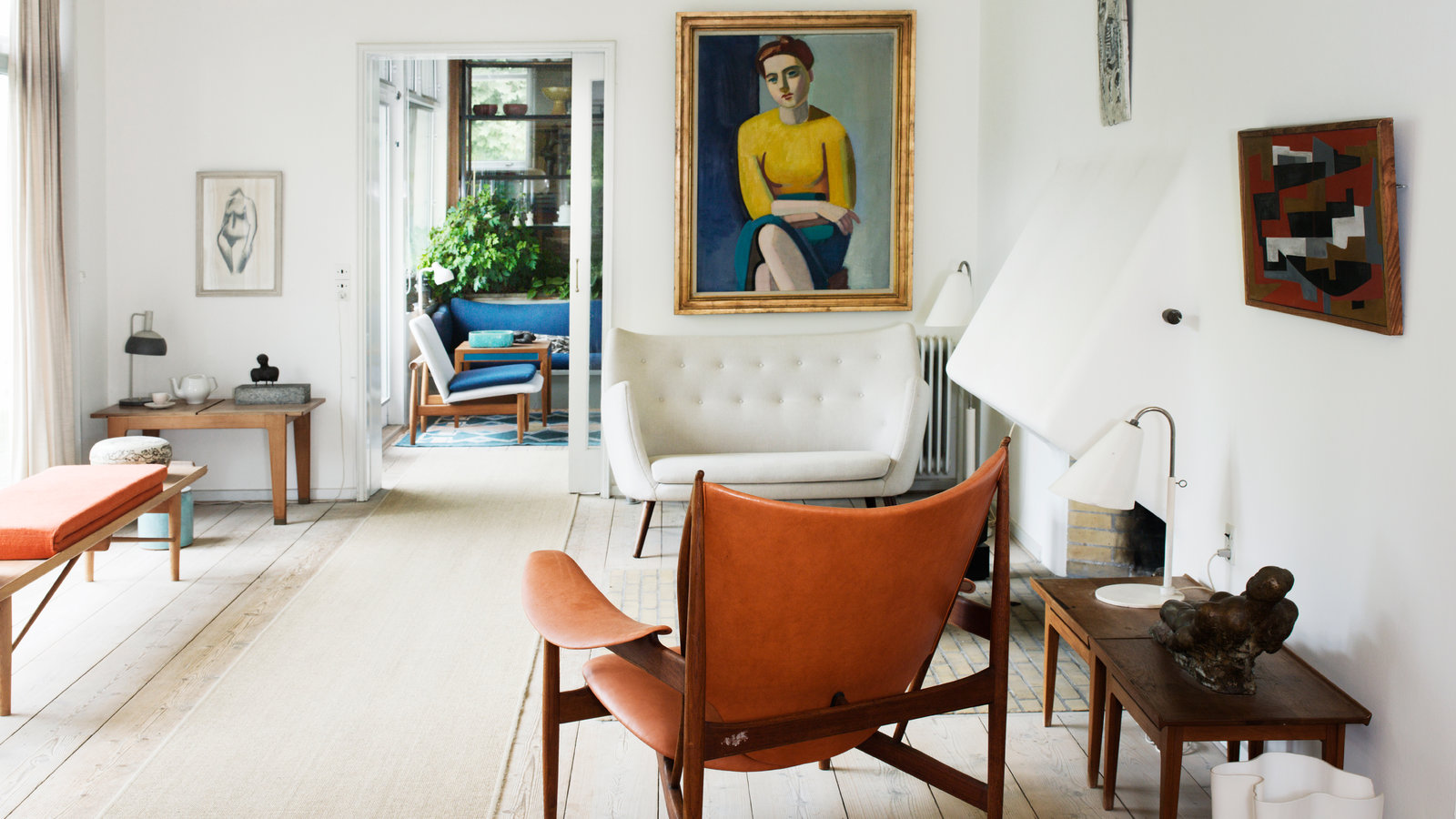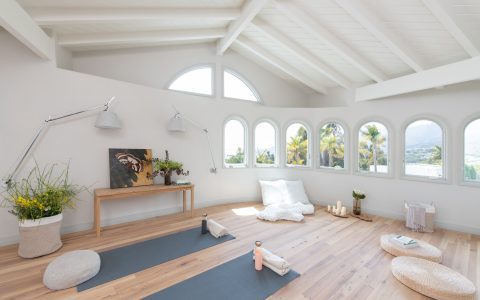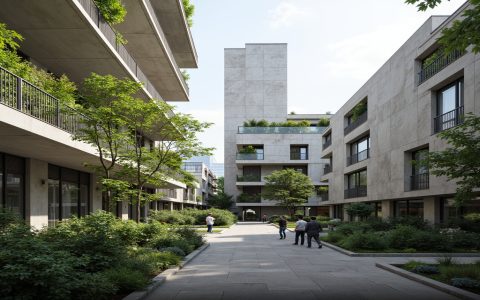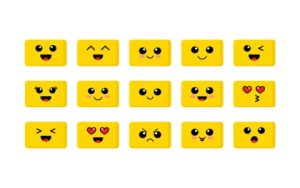Le Corbusier's interior design philosophy champions purity of form, function, and light. To achieve his iconic aesthetic, focus on these expert-endorsed rules:
Core Principles
The Five Pillars: While manifesting architecturally (pilotis, free facade, open plan, ribbon windows, roof garden), their spirit guides interiors:
- Open & Uncluttered Plan: Prioritize free-flowing space. Minimize walls; define areas through furniture placement and subtle level changes.
- Function Dictates Form: Every piece must serve a clear purpose. Ornament is stripped away; beauty arises from proportion and utility.
- Maximize Natural Light: Large windows (ribbon or expansive) are essential. Avoid heavy drapes; use minimalist blinds or sheer fabrics.
- Bold Geometric Forms: Embrace squares, rectangles, cylinders. Furniture and built-ins feature strong, clear lines.
Essential Elements
- Iconic Furniture: Integrate authentic or licensed reproductions of Corbusier designs like the LC2 Grand Confort sofa, LC4 Chaise Longue, Basculant LC1 chair, or Grand Confort LC3 armchair. These are sculptures defining space.
- Le Corbusier's Color Theory: Utilize his curated architectural polychromy (1931 & 1959 collections). Combine earth tones (ochres, greys, browns, beiges) with strategic bold accents (deep blues, rich reds, greens, yellows). Apply color in large blocks to walls, built-ins, or furniture elements.
- Raw & Honest Materials: Concrete (polished, board-marked, or terrazzo), glass, tubular steel, leather, wood (preferably rich, dark woods like rosewood or oak). Celebrate the inherent texture.
- Built-In Functionality: Opt for integrated storage units, shelves, and countertops. Keep surfaces clean and free. Cabinetry should be simple, flush-paneled boxes.
- Sculptural Light: Choose angular or cylindrical fixtures. Recessed lighting complements, but statement pieces matter. Focus illumination precisely.
Creating Harmony
- Scale & Proportion: Corbusier worked with the Modulor system. Furniture should feel substantial, harmonizing with room dimensions – not dwarfed nor cramped.
- Texture as Interest: Counteract potential starkness with texture contrasts: smooth leather against rough concrete, polished steel beside rich grain wood.
- Bring Nature In: Aligns with his "essential joys". Use plants sparingly but strategically – large potted specimens complement the geometry and provide life.
- Art as Focal Point: Display large-scale, abstract, or graphic art. Avoid fussy frames; canvases should feel integral to the wall. Sculptures complement.
Ultimately, a Le Corbusier interior is a refined machine for living – serene, ordered, and fundamentally human-centered through proportion, light, and material honesty. Discipline in application is key.








